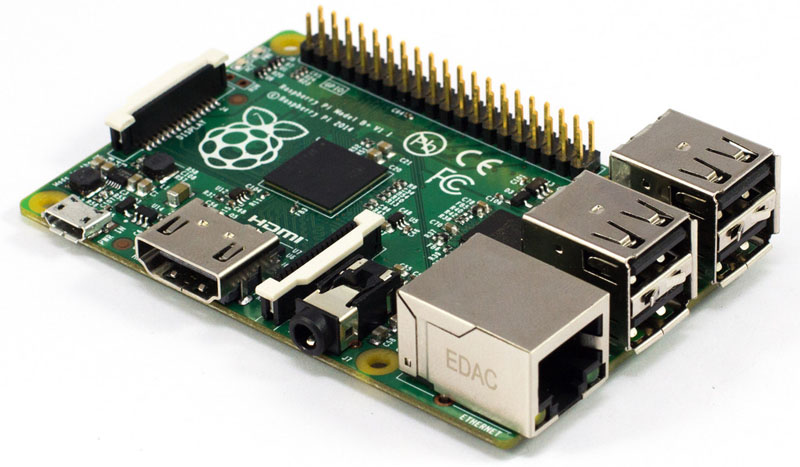
Raspberry Pi Model B+
|
Know a budding geek in your life who needs a new project? Or have you ever thought of an appliance that should be invented but never knew how to get started on creating it? The Raspberry Pi is your answer!! Everyone should now be aware of this product. These make awesome inexpensive little computers, now these are not a replacement for your laptop or desktop, but they are great for projects or for learning about computers and have a ton of accessories / peripherals that can make your ideas come to life. The Raspberry Pi community is just amazing in terms of support – there are a ton of websites out there dedicated to each aspect of usage with this device. I’d also highly recommend buying the starter kit as opposed to just the Pi B+ board by itself.. having just the board really wont get you anywhere unless you have all the required accessories (e.g. SD cards, USB power cord, mini LCD display, etc.). This minimal approach was a deliberate Raspberry Pi Foundation policy, in order to keep the price down. What can you say that’s bad about it? For $35 you get an entire PC on a credit-card sized PCBoard… if you’re complaining about that, there is something wrong with you. Raspberry Pi B+’s new features are also a welcome change! B+ has the same 700MHz Broadcom processor as the previous model, and there’s still only 512MB RAM on board. Despite this, the redesigned Pi uses less power than the previous model, which is useful if you leave your Pi on all the time as many do for embedded applications. The new Raspberry Pi has the same overall footprint/dimensions as the original version, but has been given a redesign that doubles the number of available USB ports to four, better audio capabilities, and adding a larger I/O connector block to bring out more of the General Purpose I/O (GPIO) pins so that hobbyists can use these in hardware projects (i.e. peripheral add-ons, etc.) Some of the reasons why you should own a Raspberry Pi B+:
Plain fun:
While the Raspberry Pi is not the fastest microcomputer around, it is definitely worthy for its size and price, making it very difficult to beat on value for money. Now if you are more-so interested in hardware and breadboards then I’d suggest going over to the Arduino camp. Give it a shot, worst case scenario is that you’ll learn more about Linux and how to bring a circuit board with a processor on it to life and you can call yourself Dr Franken-berry-stein!
Reviewed by: Bandit
BULLSEYE |

